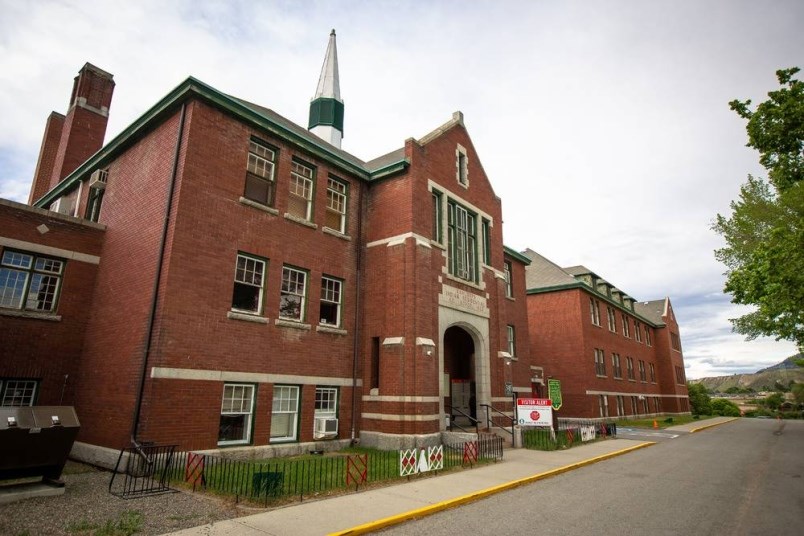The finding of a child's rib bone that surfaced near a former apple orchard on the grounds of the old Tk’emlups residential school helped researchers find an unmarked graveyard containing hundreds of remains.
That’s what ground-penetrating radar specialist Dr. Sarah Beaulieu said Thursday in announcing the findings of the Tk’emlups te Secwepemc investigation into the graves.
On May 27, Tk’emlups te Secwepemc Chief Rosanne Casimir announced 215 graves had been located on the grounds of the former Kamloops Indian Residential School. She said the discovery was made with the use of ground-penetrating radar.
The announcement came as other similar findings at former residential school sites across Canada and sparked a national conversation about the country’s residential school system.
The Cowessess First Nation reported 751 potential unmarked grave sites in Saskatchewan last month, while a newsletter circulating online this week from the Penelakut Tribe on Penelakut Island (formaly Kuper Island) said more than 160 undocumented graves had been found near Chemainus.
Beaulieu said a juvenile rib bone that surfaced and a juvenile tooth that was found later helped investigators figure out where exactly to search. She said the search was carried out near the former apple orchard.
According to Beaulieu, about 160 acres on the grounds of the former school still need to be searched.
She said upwards of 200 “anomalies” have been located using radar.
Beaulieu said only exhumation will verify the findings, but she is confident in them.
“These results are as conclusive as GPR [ground-penetrating radar] allows," she said.
"Only forensic investigation with excavation will provide definitive results.”
Later this month, the Tk’emlups band will host a best-practices seminar on the use of ground-penetrating radar to locate unmarked gravesites. The seminar will be free and open to any First Nation or Indigenous community or association.


